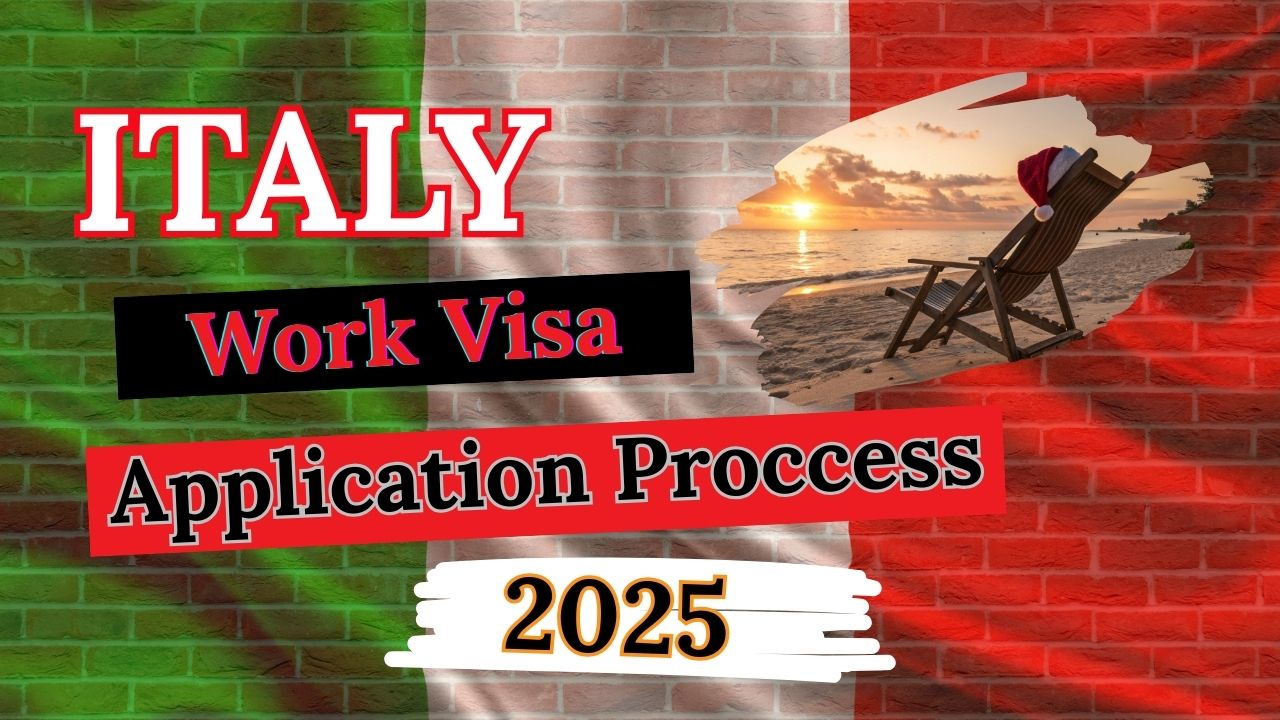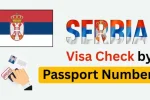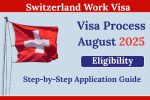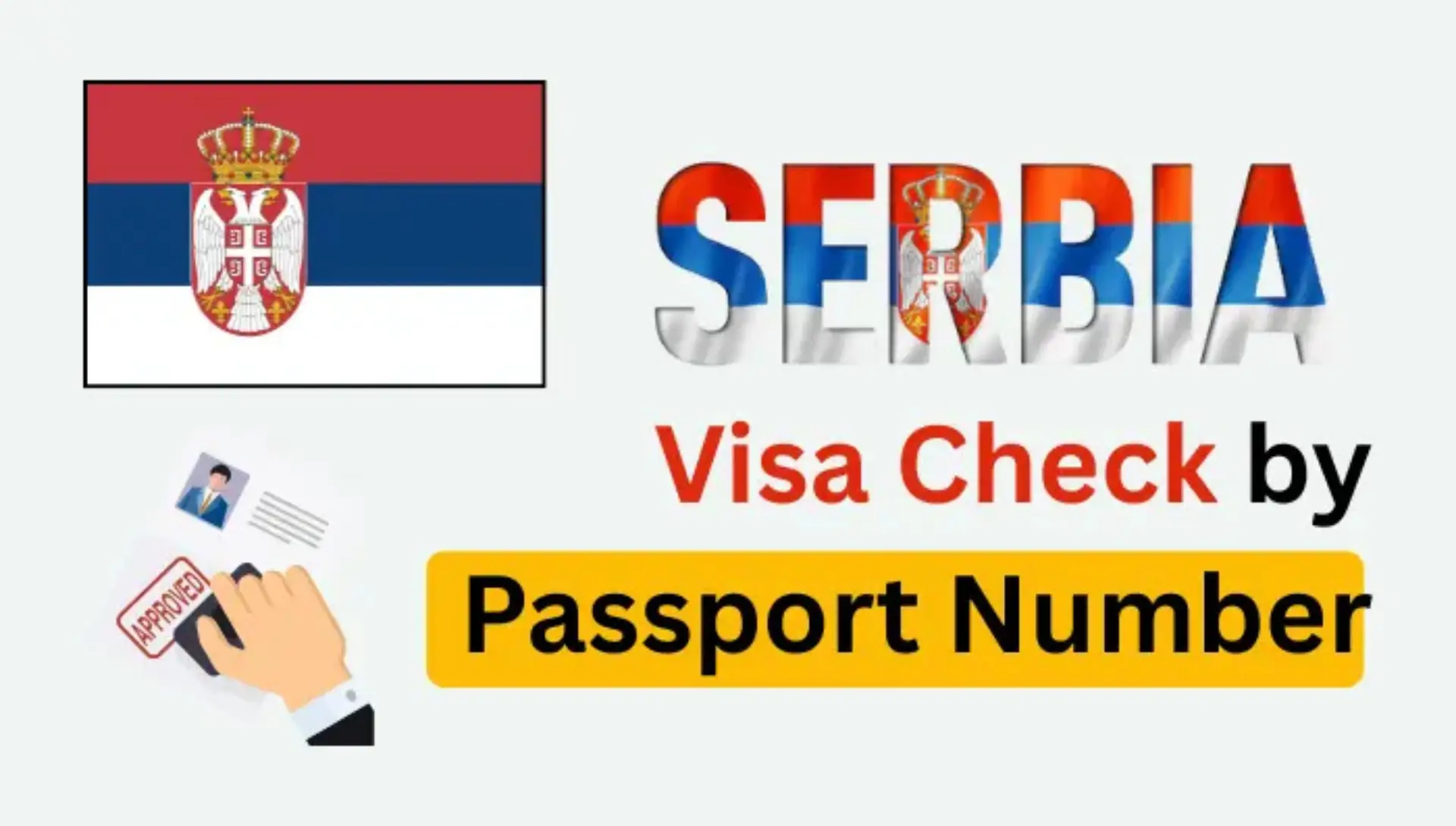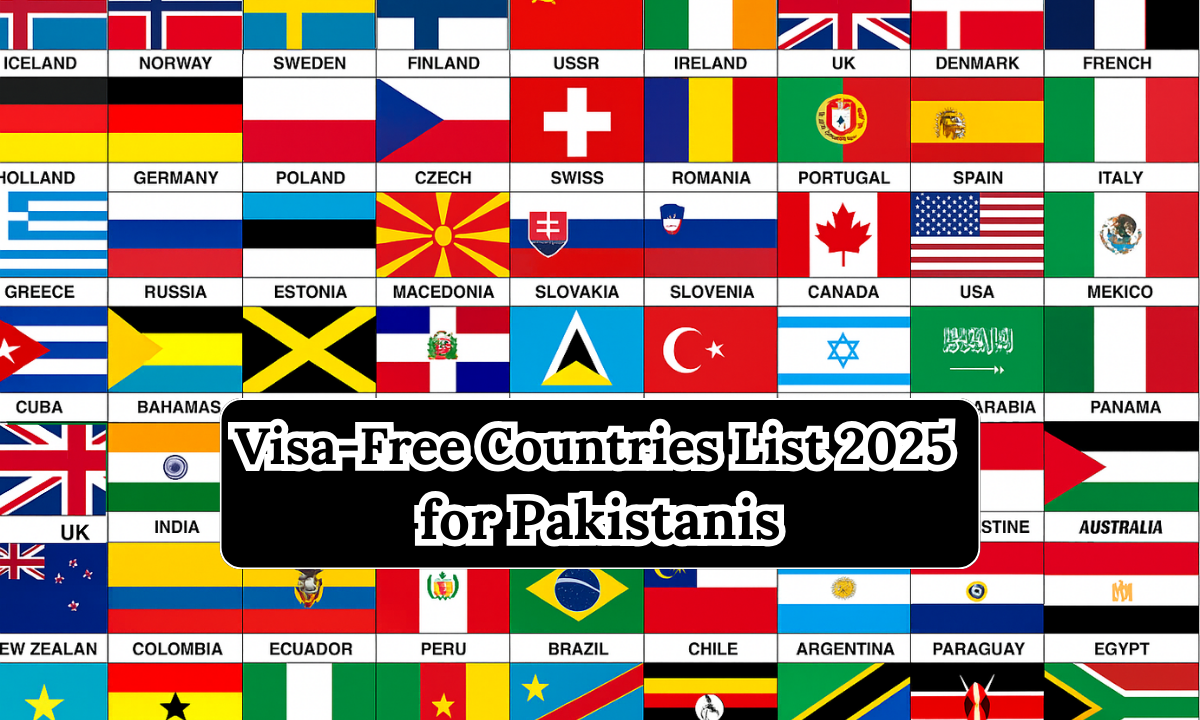If you are planning to work in Italy in 2025, obtaining a work visa is a must before moving. Italy offers excellent employment opportunities, a high standard of living, and access to the European Union (EU) market, making it an attractive destination for professionals and seasonal workers alike. This guide provides complete information on the Italy work visa process, types, eligibility, required documents, step-by-step application, FAQs, and post-arrival steps.
Why Choose Italy for Work?
Italy is one of the top destinations for foreign professionals and seasonal workers because of:
- Rich cultural and historical heritage: Experience world-class art, architecture, and lifestyle.
- High standard of living: Quality housing, healthcare, and social infrastructure.
- Diverse employment opportunities: Popular sectors include tourism, fashion, engineering, agriculture, hospitality, healthcare, and education.
- Access to the EU market: Italy is part of the EU, providing mobility and career growth opportunities.
- Possibility of long-term residency: Skilled workers can apply for permanent residency or the EU Blue Card.
Types of Italy Work Visas
Italy offers various types of work visas depending on the job type, duration, and applicant’s skills:
- National Work Visa (Type D)
- Long-stay visa for employment contracts over 90 days.
- Common for full-time professional jobs.
- Seasonal/Short-Term Work Visa
- For temporary jobs in tourism, agriculture, or hospitality.
- Valid for up to 6 months.
- EU Blue Card
- For highly skilled professionals with a relevant degree and high salary.
- Allows long-term residency and employment flexibility in the EU.
- Self-Employment / Freelance Visa
- For freelancers, independent professionals, or business owners.
- Intra-Company Transfer Visa
- For employees transferred within a multinational company.
Focus: This guide mainly covers the National Work Visa (Type D) for full-time employment in Italy.
Eligibility Criteria
To qualify for an Italy work visa:
- Valid job offer: Must have an official employment contract from an Italian company.
- Company authorization: Employer must have approval (nulla osta) from Italian immigration to hire non-EU workers.
- Relevant skills and experience: The job must match your education and professional background.
- Clean criminal record: No criminal history.
- Good health: Must meet Italy’s health requirements.
- EU Blue Card specific requirements: Relevant degree and minimum salary threshold.
- Seasonal work eligibility: Short-term employment contracts and sector compliance are necessary.
Required Documents
Applicants must submit the following documents to the Italian consulate or visa application center:
- Passport
- Valid for at least 6 months beyond your stay.
- Must have blank visa pages.
- Passport-sized photographs
- White or light-colored background, Italian visa format.
- Visa application form (Type D)
- Complete and accurate.
- Original Nulla Osta
- Issued by Italian Immigration Office confirming the company can hire a non-EU worker.
- Signed employment contract
- Includes job title, salary, duration, and benefits.
- Educational certificates and diplomas
- Attested if required (especially for EU Blue Card).
- Health insurance
- Valid in Italy, if not already provided by employer.
- Police clearance certificate
- From your home country showing a clean criminal record.
- Proof of accommodation
- Rental agreement, hotel booking, or company-provided housing.
- Professional licenses
- Required for regulated professions like medicine, engineering, or law.
- Visa fee receipt
- Proof of payment of visa processing fee.
- Additional documents for seasonal workers
- Sector-specific compliance documents (e.g., agricultural contracts).
Step-by-Step Italy Work Visa Application Process
Step 1: Secure a Job Offer
- Receive an official job offer from an Italian company with authorization to hire non-EU nationals.
- Ensure your salary, role, and contract duration are clearly stated.
Step 2: Employer Applies for Nulla Osta
- The employer submits a request to Sportello Unico per l’Immigrazione (Immigration Office) to obtain the nulla osta (work permit).
Step 3: Nulla Osta Issuance
- The immigration office reviews the application and issues the nulla osta containing job details, contract duration, and salary.
Step 4: Sign Employment Contract
- Employer sends you a signed contract specifying salary, benefits, and work conditions.
Step 5: Apply for Type D Work Visa
- Submit visa application at the local Italian consulate or visa center with the nulla osta and signed contract.
Step 6: Attend Visa Appointment
- Submit all documents, passport photos, and pay the visa fee.
Step 7: Visa Processing & Decision
- Processing usually takes 4–8 weeks.
- The consulate may request additional documents or an interview.
Step 8: Visa Stamping
- Upon approval, your visa is stamped in your passport, allowing entry to Italy.
Step 9: Travel to Italy
- Enter Italy within the visa validity period.
Step 10: Apply for Permesso di Soggiorno (Residence Permit)
- Within 8 days of arrival, apply at the local Questura (police headquarters).
- Submit fingerprints, documents, and receive a temporary receipt (ricevuta).
Step 11: Receive Final Permesso di Soggiorno
- Residence permit card is issued, valid for the contract period (up to 2 years) and renewable.
Step 12: Complete Local Formalities
- Register with the municipality (anagrafe)
- Join the National Health Service (SSN)
- Open an Italian bank account
- Obtain a tax code (codice fiscale)
- Understand local labor laws and employee rights
FAQs
1. What is a nulla osta?
It is a work permit issued by Italian immigration confirming the employer can legally hire a non-EU worker.
2. How long is a type D work visa valid?
Generally, more than 90 days, aligned with the employment contract (usually up to 2 years).
3. How long does the process take?
From nulla osta application to visa approval, it can take 6–12 weeks depending on consulate workload.
4. Can I bring my family?
Yes, after obtaining your residence permit and meeting income requirements, you can apply for family reunification.
5. Why is Permesso di Soggiorno required?
It allows legal residence in Italy for over 90 days and is needed to work, open bank accounts, access healthcare, and sign rental agreements.
6. Can I change jobs in Italy?
Yes, but you need a new nulla osta and updated residence permit.
7. Do I need to know Italian?
Basic Italian is helpful for daily life and administrative processes, though English may suffice for professional roles.
8. What happens if the nulla osta is denied?
You cannot apply for a type D visa and must seek another employer or alternative visa type.
Additional Tips for a Smooth Application
- Double-check all documents for accuracy before submission.
- Keep copies of all submitted documents.
- Maintain communication with your employer during the process.
- Apply for health insurance coverage as early as possible.
- Learn basic Italian phrases to ease daily life and administrative procedures.
Conclusion
Applying for an Italy work visa in 2025 involves a structured and step-by-step process: secure a job, obtain nulla osta, apply for a type D visa, travel to Italy, and get your residence permit (Permesso di Soggiorno). By preparing all documents carefully and following the process diligently, you can ensure a smooth transition and start your professional journey in Italy successfully.

